[SemRush] What Are LSI Keywords & Why They Don‘t Matter
Last updated: September 06, 2024 Read in fullscreen view
- 09 Oct 2022
 Rapid Application Development Case Study - TIGO Consulting 23/570
Rapid Application Development Case Study - TIGO Consulting 23/570 - 18 Oct 2020
 How to use the "Knowns" and "Unknowns" technique to manage assumptions 21/989
How to use the "Knowns" and "Unknowns" technique to manage assumptions 21/989 - 01 Oct 2020
 Fail fast, learn faster with Agile methodology 13/973
Fail fast, learn faster with Agile methodology 13/973 - 12 Oct 2022
 14 Common Reasons Software Projects Fail (And How To Avoid Them) 10/504
14 Common Reasons Software Projects Fail (And How To Avoid Them) 10/504 - 19 Oct 2021
 Is gold plating good or bad in project management? 7/754
Is gold plating good or bad in project management? 7/754 - 10 Nov 2022
 Poor Code Indicators and How to Improve Your Code? 7/213
Poor Code Indicators and How to Improve Your Code? 7/213 - 28 Jul 2022
 POC, Prototypes, Pilots and MVP: What Are the Differences? 6/606
POC, Prototypes, Pilots and MVP: What Are the Differences? 6/606 - 01 Mar 2023
 Bug Prioritization - What are the 5 levels of priority? 6/207
Bug Prioritization - What are the 5 levels of priority? 6/207 - 06 Feb 2021
 Why fail fast and learn fast? 6/375
Why fail fast and learn fast? 6/375 - 13 Oct 2021
 Outsourcing Software Development: MVP, Proof of Concept (POC) and Prototyping. Which is better? 6/424
Outsourcing Software Development: MVP, Proof of Concept (POC) and Prototyping. Which is better? 6/424 - 05 Mar 2021
 How do you minimize risks when you outsource software development? 5/317
How do you minimize risks when you outsource software development? 5/317 - 31 Aug 2022
 What are the best practices for software contract negotiations? 5/215
What are the best practices for software contract negotiations? 5/215 - 07 Oct 2025
 Case Study: Using the “Messaging House” Framework to Build a Digital Transformation Roadmap 5/45
Case Study: Using the “Messaging House” Framework to Build a Digital Transformation Roadmap 5/45 - 12 Dec 2021
 Zero Sum Games Agile vs. Waterfall Project Management Methods 4/374
Zero Sum Games Agile vs. Waterfall Project Management Methods 4/374 - 14 Oct 2021
 Advantages and Disadvantages of Time and Material Contract (T&M) 4/789
Advantages and Disadvantages of Time and Material Contract (T&M) 4/789 - 04 Oct 2022
 Which ERP implementation strategy is right for your business? 4/278
Which ERP implementation strategy is right for your business? 4/278 - 01 Dec 2023
 Laws of Project Management 3/249
Laws of Project Management 3/249 - 18 Aug 2022
 What are the consequences of poor requirements with software development projects? 3/242
What are the consequences of poor requirements with software development projects? 3/242 - 18 Jul 2021
 How To Ramp Up An Offshore Software Development Team Quickly 3/516
How To Ramp Up An Offshore Software Development Team Quickly 3/516 - 08 Oct 2022
 KPI - The New Leadership 3/557
KPI - The New Leadership 3/557 - 31 Oct 2021
 Tips to Fail Fast With Outsourcing 3/375
Tips to Fail Fast With Outsourcing 3/375 - 05 Sep 2023
 The Cold Start Problem: How to Start and Scale Network Effects 3/167
The Cold Start Problem: How to Start and Scale Network Effects 3/167 - 01 May 2024
 Warren Buffett’s Golden Rule for Digital Transformation: Avoiding Tech Overload 2/188
Warren Buffett’s Golden Rule for Digital Transformation: Avoiding Tech Overload 2/188 - 17 Mar 2025
 Integrating Salesforce with Yardi: A Guide to Achieving Success in Real Estate Business 2/141
Integrating Salesforce with Yardi: A Guide to Achieving Success in Real Estate Business 2/141 - 08 Feb 2024
 Case Study: How and why I built Japan Dev? 2/196
Case Study: How and why I built Japan Dev? 2/196 - 23 Sep 2021
 INFOGRAPHIC: Top 9 Software Outsourcing Mistakes 2/411
INFOGRAPHIC: Top 9 Software Outsourcing Mistakes 2/411 - 17 Feb 2022
 Prioritizing Software Requirements with Kano Analysis 2/280
Prioritizing Software Requirements with Kano Analysis 2/280 - 28 Dec 2021
 8 types of pricing models in software development outsourcing 2/417
8 types of pricing models in software development outsourcing 2/417 - 28 Oct 2022
 Build Operate Transfer (B.O.T) Model in Software Outsourcing 2/361
Build Operate Transfer (B.O.T) Model in Software Outsourcing 2/361 - 04 Oct 2021
 Product Validation: The Key to Developing the Best Product Possible 2/295
Product Validation: The Key to Developing the Best Product Possible 2/295 - 13 Dec 2020
 Move fast, fail fast, fail-safe 2/292
Move fast, fail fast, fail-safe 2/292 - 10 Dec 2023
 Pain points of User Acceptance Testing (UAT) 2/416
Pain points of User Acceptance Testing (UAT) 2/416 - 26 Dec 2023
 Improving Meeting Effectiveness Through the Six Thinking Hats 1/205
Improving Meeting Effectiveness Through the Six Thinking Hats 1/205 - 05 Jan 2024
 Easy ASANA tips & tricks for you and your team 1/180
Easy ASANA tips & tricks for you and your team 1/180 - 11 Jan 2024
 What are the Benefits and Limitations of Augmented Intelligence? 1/434
What are the Benefits and Limitations of Augmented Intelligence? 1/434 - 19 Apr 2021
 7 Most Common Time-Wasters For Software Development 1/525
7 Most Common Time-Wasters For Software Development 1/525 - 12 Aug 2024
 Understanding Google Analytics in Mumbai: A Beginner's Guide 1/84
Understanding Google Analytics in Mumbai: A Beginner's Guide 1/84 - 19 Oct 2021
 Software development life cycles /628
Software development life cycles /628 - 06 Nov 2019
 How to Access Software Project Size? /236
How to Access Software Project Size? /236 - 14 Mar 2024
 Why should you opt for software localization from a professional agency? /117
Why should you opt for software localization from a professional agency? /117 - 12 Mar 2024
 How do you create FOMO in software prospects? /127
How do you create FOMO in software prospects? /127 - 09 Jun 2022
 Case Study: PRODUCT LAUNCH WITH AGILE METHODOLOGY /286
Case Study: PRODUCT LAUNCH WITH AGILE METHODOLOGY /286
Summary: Latent Semantic Indexing (LSI) and Related Concepts
Latent Semantic Indexing (LSI) is an information retrieval technique that enhances search results by analyzing the semantic relationships between words rather than relying solely on keyword matching. For example, a search for "wall street" would yield more relevant results related to finance if LSI is used, as opposed to a keyword-only approach that might return unrelated content. LSI is based on Latent Semantic Analysis (LSA), which identifies conceptually related words in text. However, Google does not use LSI due to its outdated nature and limitations in handling vast web content. Instead, Google employs advanced methods like the Knowledge Graph, natural language processing, and AI to understand search intent and context. To optimize content for search engines, using semantic keywords—related terms that enhance topic relevance—is recommended, and tools like Semrush can assist in identifying these keywords for both new and existing content.
Key Points
Definition of LSI
Latent Semantic Indexing (LSI) is an information retrieval method that focuses on the semantic relationships between words rather than just keyword matching, aiming to provide more relevant search results.
Example of LSI in Action: A search for "wall street" using LSI would prioritize articles related to finance, as opposed to a keyword-only search that might return unrelated content such as "murals".
Historical Context
LSI was introduced in a 1988 paper as a solution to the vocabulary problem in human-computer interaction.
Why Google Doesn’t Use Latent Semantic Indexing?
Google has stated that it does not use LSI, considering it outdated and more suited for smaller document sets.
Latent Semantic Analysis (LSA)
LSA is a mathematical method used to identify conceptually related words in text, helping computers understand synonyms and polysemous words.
Instead of LSI, Google employs various methods such as:
- Knowledge Graph: A semantic network storing information about entities and their relationships.
- Natural Language Processing (NLP): Identifies entities and nuances in meaning within content.
- AI and Machine Learning: Maps words to concepts and analyzes text contextually.
Importance of Semantic Keywords
Using semantically related keywords enhances content quality and helps Google understand the topic better, potentially increasing organic traffic.
How to Find Semantic Keywords
- For new content, tools like Semrush’s SEO Content Template can identify relevant semantic keywords based on top search results.
- For existing content, Semrush’s On Page SEO Checker can analyze pages for missing semantic keywords compared to competitors.
Practical Steps
- Use Semrush tools to generate semantic keyword ideas for both new and existing content.
- Monitor progress and optimize content based on recommendations provided by these tools.
Highlight
This summary encapsulates the main ideas regarding LSI, its relevance in search engine optimization, and practical approaches to utilizing semantic keywords effectively.
Continue reading at semrush
| About the Author | Rachel Handley | Digital marketer | Rachel has been a digital marketer for over 11 years. Having worked both in-house and agency-side, she has a wide range of experiences to draw on in her writing. She specializes in creating beginner-friendly articles on topics including keyword research, on-page SEO, and content creation. |





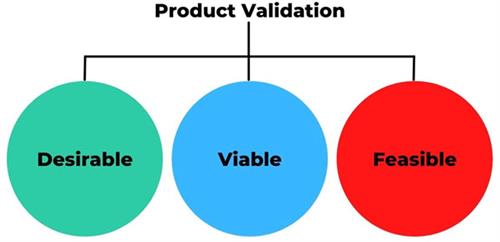


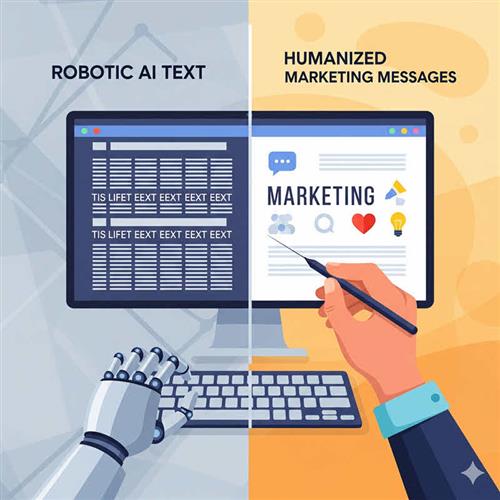
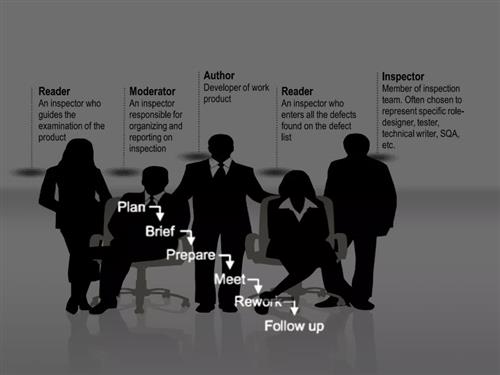
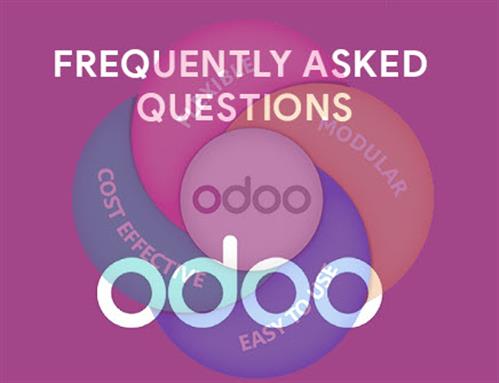
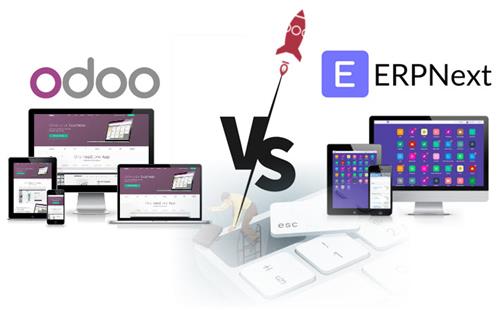
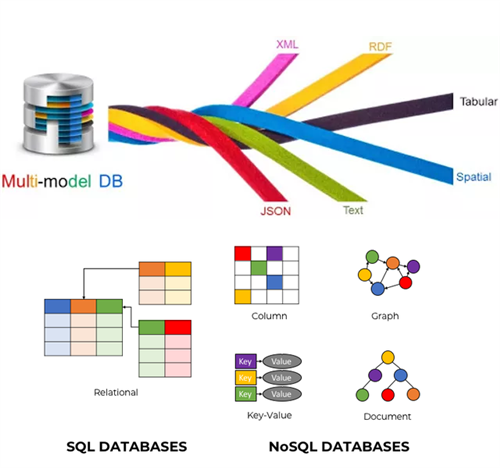
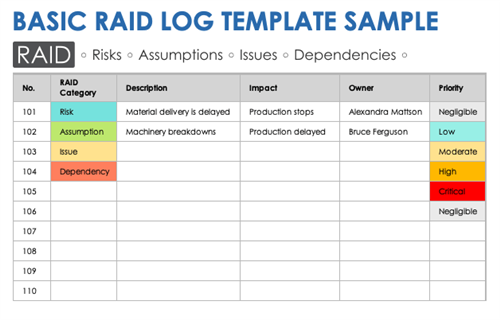
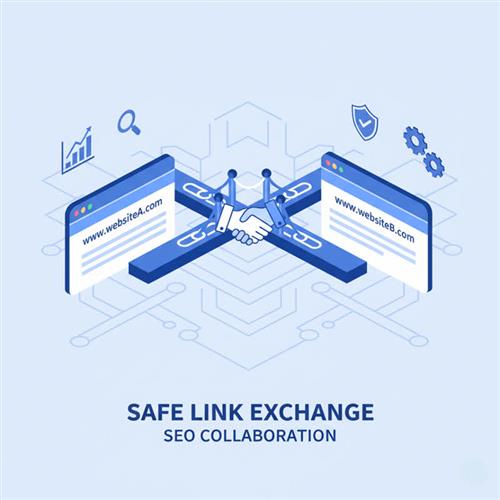




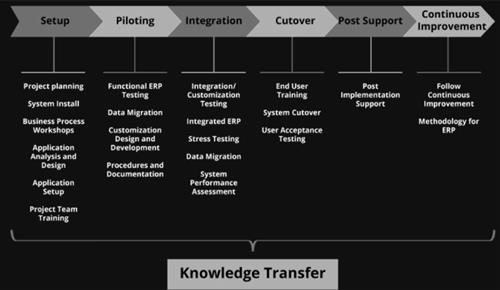
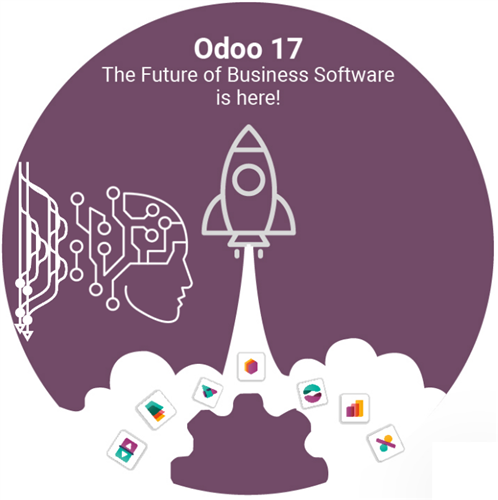


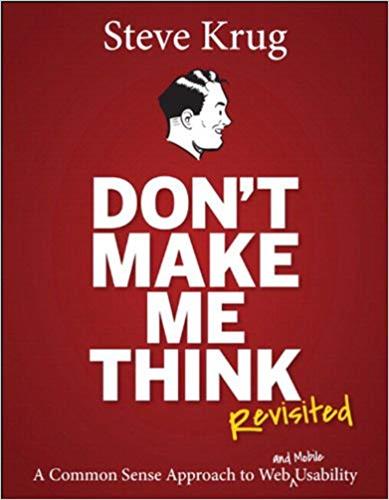










 Link copied!
Link copied!
 Recently Updated News
Recently Updated News